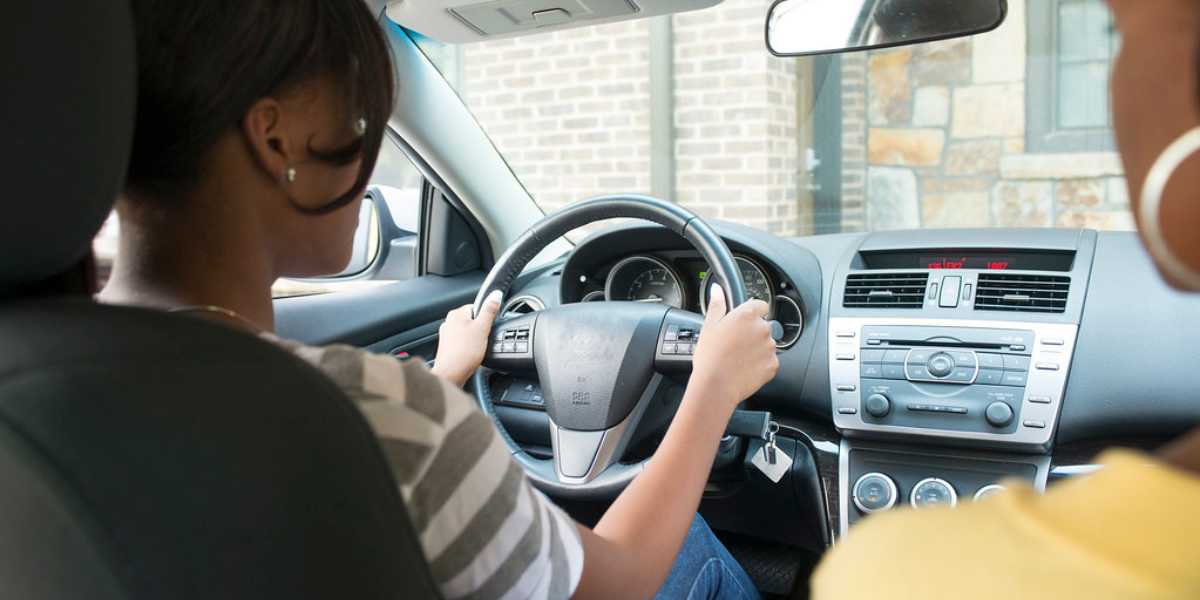Teaching Safe Driving to Teens with Autism
Learning to drive is a significant milestone in the journey towards independence for many teenagers, including those on the autism spectrum. The process of teaching driving to teens with autism involves understanding their unique needs and adapting strategies to facilitate their learning.
This blog post offers insights and tips for parents and guardians on how to navigate this journey effectively, ensuring a safe and positive experience for young drivers with autism.

Understanding the Spectrum
Autism Spectrum Disorder (ASD) is a developmental disorder that affects communication, behavior, and social interaction to varying degrees. Teens with autism may face specific challenges related to sensory sensitivities, information processing, and anxiety, which can impact their learning process, including driving. Recognizing and addressing these challenges is crucial in teaching them how to drive safely.
Pre-Driving Preparation
1. Gauge Readiness
Assess your teen’s readiness for driving. Consider their communication skills, ability to follow instructions, and how they handle stress or unexpected situations. It’s also essential to evaluate their motor skills and coordination.
2. Familiarize with Rules and Concepts
Start with the basics. Use visual aids and interactive tools to introduce your teen to road signs, rules, and driving concepts. Online resources, like articles and videos, designed for driving education can be particularly helpful.
3. Create a Sensory-Friendly Learning Environment
Understand and mitigate sensory triggers that might affect your teen. For example, practice in a quiet, controlled environment initially to reduce overwhelm. Choose a vehicle that feels comfortable to them, considering factors like seat comfort and noise levels.
Behind the Wheel: Tailoring the Teaching Approach
1. Gradual Exposure
Introduce your teen to driving gradually. Start with parking lots or quiet streets to build confidence. Short, frequent sessions are better than longer, infrequent ones.
2. Clear, Concise Instructions
Use clear, direct communication. Avoid ambiguity or idioms that might confuse your teen. When giving instructions, be specific and consistent.
3. Visual Supports and Checklists
Visual aids can be incredibly beneficial. Use diagrams to explain the steps involved in various maneuvers. Checklists for routine tasks like checking mirrors or using turn signals can reinforce consistency and safety.
4. Practice Coping Strategies
Equip your teen with strategies to manage anxiety or sensory overload. This could include deep breathing exercises, breaks during lessons, or having a familiar object in the car.
5. Positive Reinforcement
Celebrate successes and progress, no matter how small. Positive reinforcement encourages learning and builds confidence.
Professional Driving Instruction
Consider enlisting a professional driving instructor experienced in teaching students with autism. They can offer specialized strategies and a structured learning environment, which can be highly beneficial.
Legal and Safety Considerations
Familiarize yourself with any legal requirements or adaptations for drivers with autism in your area. Ensure the vehicle used for learning is adequately insured and meets safety standards.
Patience and Support
Above all, patience and understanding are key. Learning to drive is a process, with progress and setbacks. Provide continuous support and encouragement to your teen, reinforcing the idea that driving is a skill that can be mastered with practice.

Teaching Safe Driving to Teens with Autism
Teaching a teen with autism to drive is a profound step towards independence, requiring a thoughtful, patient approach. By understanding their unique needs and adapting teaching strategies accordingly, parents and educators can provide the support needed to navigate this journey successfully. Remember, every teen is different, and what works for one may not work for another. Stay flexible, supportive, and positive, and your teen will be on their way to becoming a safe, confident driver.
Drive with Confidence!
Keep up with all the latest driving news. Expolre our blog packed with essential tips and expert advice on all things related to DRIVING!




